ebo’s maps banding station
What is the MAPS Program?
MAPS is an acronym for Monitoring Avian Productivity and Survivorship. Led by The Institute for Bird Populations (IBP), it is a continent-wide collaborative effort to assist the conservation of birds and their habitats through bird banding. MAPS data is used in conjunction with the data collected at migration monitoring stations (like the one we operate on Presque Isle) as a way to fill in some of the inherent data gaps of the latter. MAPS data is collected during the summer months, on breeding species, whereas our station at PI operates during spring and fall migration, collecting data on birds pre- and post-breeding, respectively.
MAPS banders collect data that can be used to estimate key demographic parameters- also known as vital rates- like productivity, recruitment, and survival of individual bird species. This information helps researchers understand which life-stages may be most important in limiting population growth or causing declines.
Why is MAPS Important?
Examining vital rates can enhance the effectiveness of conservation efforts so that limited conservation dollars can be directed to the times and places in the annual cycle where they are most needed.
MAPS data provide insights into important questions such as:
What factors drive avian population declines?
Where are problems most acute- on the breeding or non-breeding grounds?
What drives differences in trends between particular regions or habitats?
What is the relationship between population change and weather, climate, and/or habitat loss?
What can we do to reverse declines?
Where Is EBO’s MAPS Station?
In the summer of 2020, Erie Bird Observatory reestablished the MAPS station that was previously operated by Allegheny College at their Bousson Experimental Forest site. We open the same amount of nets in the same location each time for six hours on six different days over the course of June and July each summer.
For more information about the MAPS program check out IBP’s site HERE.
For more information about Allegheny College’s Bousson Experimental Forest go HERE.

